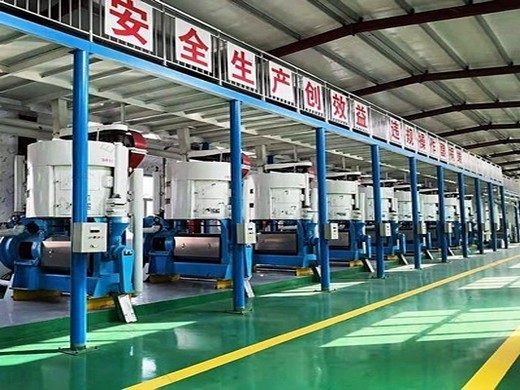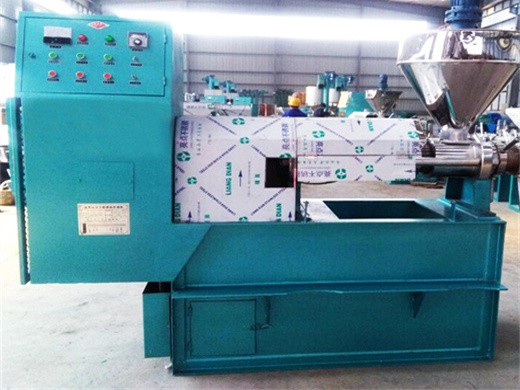3. palm oil processing – food and agriculture organization of the united nations
Small-Scale Palm Oil Processing in Africa
The designations employed and the presentation of material in this information product do not imply the expression of any opinion whatsoever on the part of the Food and Agriculture Organization of the United Nations concerning the legal status of any country, territory, city or area or of its authorities, or concerning the delimitation of its frontiers or boundaries.
Small-Scale Palm Oil Processing in Africa (FAO Agricultural Services Bulletins) by Food and Agriculture Organization of the United Nations (Author) ISBN-13: 978-9251048597
Small-scale Palm Oil Processing in Africa Kwasi Poku
Small-scale Palm Oil Processing in Africa Volume 148 of FAO Agricultural services bulletin: Food and Agriculture Organization Issue 148 of FAO agricultural services bulletin, Food and Agriculture Organization, ISSN 1010-1365: Authors: Kwasi Poku, Food and Agriculture Organization of the United Nations: Edition: illustrated: Publisher
FAO Food and Agriculture Organization of the United Nations . UNIDO United Nations industrial Development Organization . The vegetable oil industry is capable of processing 900,000 tonnes of palm oil annually. However, due to the inadequate supply of the product, several of the palm oil refineries are operating at less than 25%
Methods of Palm Oil Processing in Ogun state, Nigeria: A
The Food and Agriculture Organization (FAO, 2002) of the United Nations compiled a bulletin describing methods of palm oil processing. According to the bulletin, often small-scale facilities, which process two or less tonnes of fresh fruit bunch per hour, employ batch processes that utilize manual labour and have low operating costs.
the Food and Agriculture Organization (FAO) described the evidence linking saturated fat consumption with increased risk of cardiovascular disease as convincing.9 The indirect health impacts of oil-palm cultivation are less contested; clearing land for plantations by slash-and-burn practices has led to recurring episodes of harmful haze in
Is oil palm agriculture really destroying tropical
species. Oil palm producers have asserted that forests are not being cleared to grow oil palm. Our analysis of land-cover data compiled by the United Nations Food and Agriculture Organization suggests that during the period 1990–2005, 55%–59% of oil palm expansion in Malaysia, and at least 56% of that in In-
FAO's recurring report The Impact of Disasters and Crises on Agriculture and Food Security presents the most recent trends in agricultural production loss attributed to disasters across all agricultural sectors.The 2024 edition covers 457 disasters in 109 countries across all regions and income categories, including for the first time upper-middle- and high-income countries (UMICs and HICs).
Is oil palm agriculture really destroying tropical
Oil palm producers have asserted that forests are not being cleared to grow oil palm. Our analysis of land‐cover data compiled by the United Nations Food and Agriculture Organization suggests that during the period 1990–2005, 55%–59% of oil palm expansion in Malaysia, and at least 56% of that in Indonesia occurred at the expense of forests.
3ADI+ is a joint value chain and market systems development programme spearheaded by the Food and Agriculture Organization of the United Nations (FAO) and the United Nations Industrial Development Organization (UNIDO). It aims to develop inclusive and sustainable value chains by ensuring that investments in agricultural industrialization have
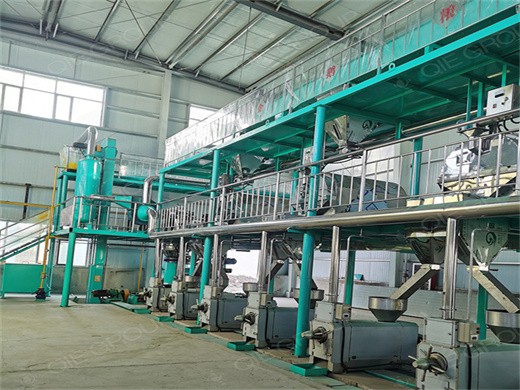
Small-Scale Palm Oil Processing In Africa by Food and
Buy Small-Scale Palm Oil Processing In Africa by Food and Agriculture Organization of the United Nations from Waterstones today! Click and Collect from your local Waterstones or get FREE UK delivery on orders over £25.
Get Price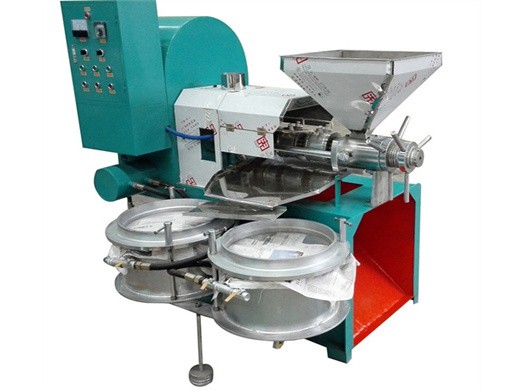
WHO The palm oil industry and noncommunicable diseases
The palm oil industry and noncommunicable diseases Sowmya Kadandale a, Robert Marten b & Richard Smith c. a. United Nations Children’s Fund, World Trade Centre Block 6 (10th Floor), Jalan Jenderal Sudirman Kav. 29-31, Jakarta 12920, Indonesia.
Get Price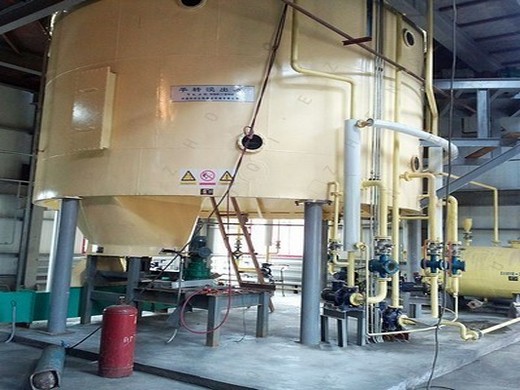
Oil Palm development, commercial tree United Nations
Ibid. p.3. see also Ellie Brown and Michael Jacobson (2005), Cruel Oil: How palm oil harms health, rainforests and wildlife. Center for Science and Public Interest (CSPI), Washington D.C. p. 4
Get Price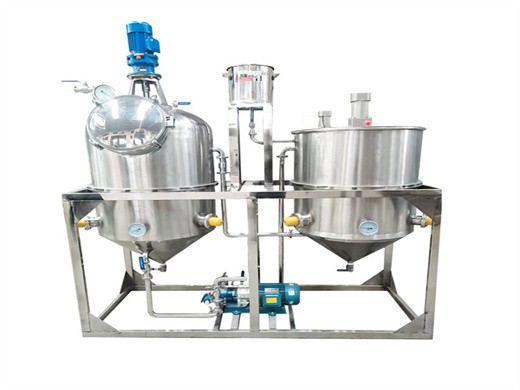
Is oil palm agriculture really destroying tropical
species. Oil palm producers have asserted that forests are not being cleared to grow oil palm. Our analysis of land-cover data compiled by the United Nations Food and Agriculture Organization suggests that during the period 1990–2005, 55%–59% of oil palm expansion in Malaysia, and at least 56% of that in In-
Get Price
Palm Oil: Better with Enzymes Hong IChemE
Third, palm oil is by far the most productive vegetable crop, outdoing all others in terms of average oil yield per hectare. Worldwide, palm oil is an important resource and the most-commonly used vegetable oil. According to the United States Department of Agriculture, palm oil accounts for about one-third of food use in 2024/19 and can be
Get Price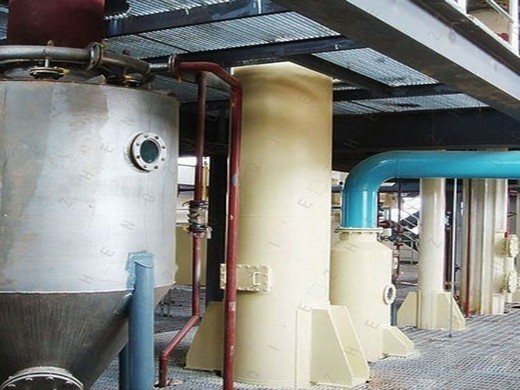
Small-scale Palm Oil Processing in Africa Kwasi Poku
There is extensive information in the literature about medium- and large-scale palm oil processing, as well as about traditional technologies in Africa, but information on small-scale mills is scarce. This bulletin reviews the processing of palm oil fruits for the extraction of both palm oil and palm kernel oil at the small-scale level, with information on some African manufacturers
Get Price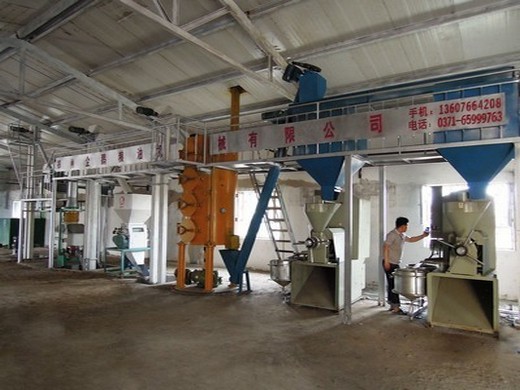
The Impacts of Oil Palm on Recent Deforestation and
We determined the current suitable area for oil palm agriculture using the Food and Agriculture Organization of the United Nations (FAO) Global Agro-Ecological Zones (GAEZ) model for agricultural suitability of oil palm . The GAEZ agricultural suitability model primarily incorporates knowledge of crop specific soil nutrient and climatic
Get Price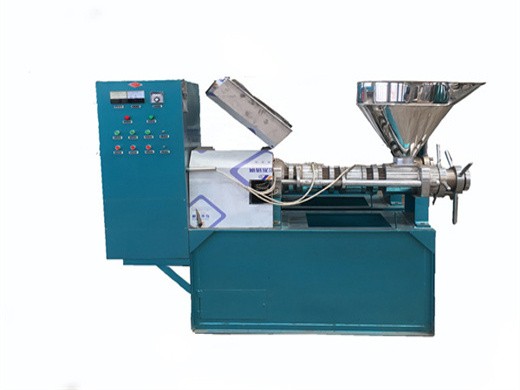
World Food Day 2024 MPOC Malaysian Palm Oil Council
It’s World Food Day! World Food Day is an international day celebrated every year around the world on 16 October in honour of the date of the founding of the Food and Agriculture Organization of the United Nations in 1945. The day is celebrated widely by many other organizations concerned with food security. Let’s celebrate by making healthy food choices and do our part in reducing waste.
Get Price
Is oil palm agriculture really destroying tropical
Oil palm producers have asserted that forests are not being cleared to grow oil palm. Our analysis of land‐cover data compiled by the United Nations Food and Agriculture Organization suggests that during the period 1990–2005, 55%–59% of oil palm expansion in Malaysia, and at least 56% of that in Indonesia occurred at the expense of forests.
Get Price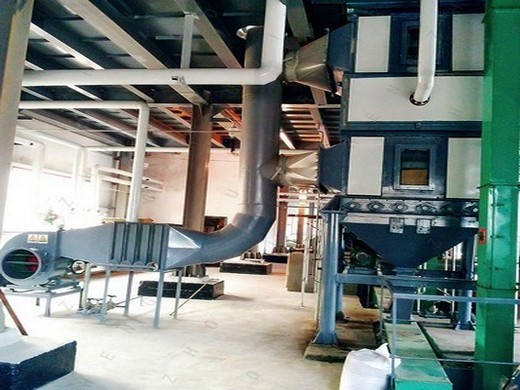
New Codex Code of Practice on 3-MCPDEs and GEs to be
3-MCPDEs and GEs are carcinogenic processing contaminants formed during refining of edible oils, particularly palm oil. The Berlin symposium, organised by the German Society for Fat Science (DGF), heard that the CAC would be adopting the new Code of Practice (COP) at its 42nd session in Geneva, Switzerland on 8-12 July.
Get Price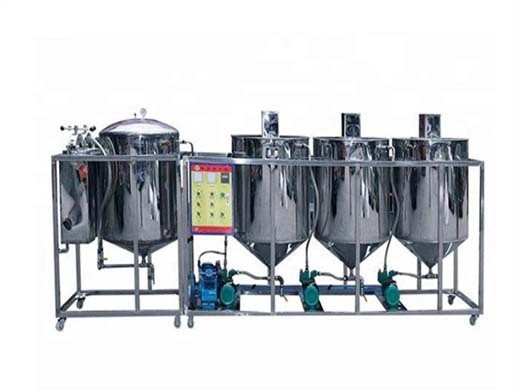
Impact of Sustainable Agriculture and Farming Practices
The Food and Agriculture Organization of the United Nations (FAO) contends that the livestock sector alone is responsible for 18% of all greenhouse gas production. Additionally, clearing land for agricultural production is a major contributor to climate change, as the carbon stored in intact forests is released when they are cut or burned.
Get Price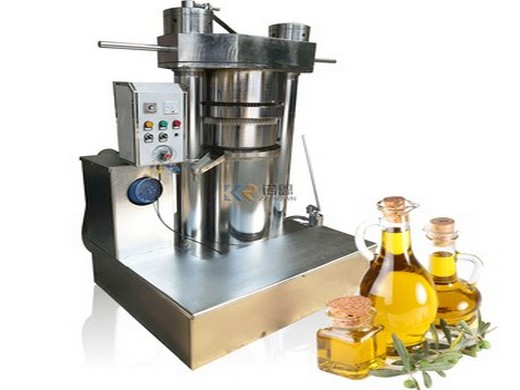
Coconut and palm oil industries at loggerheads over
Aug 27, 2024· Estimates by the United Nations Food and Agriculture Organization (FAO) and industry analysts put global palm oil production at around 75 million tonnes over 20 million hectares, while coconut oil production stands at about 2.91 million tonnes over 12.01 million hectares.
Get Price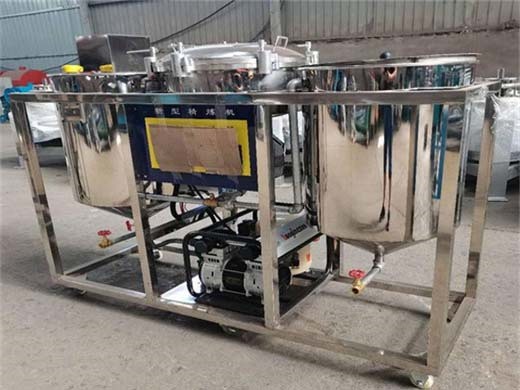
Nigerian Agribusiness Supplier Development Programme
SCPZ Staple Crop Processing Zones UNDP United Nations Development Program food industry as it holds 60% of the world’s uncultivated arable land. This makes (groundnuts, palm oil, cocoa, cotton) but due to a focus on oil and to political unrest,
Get Price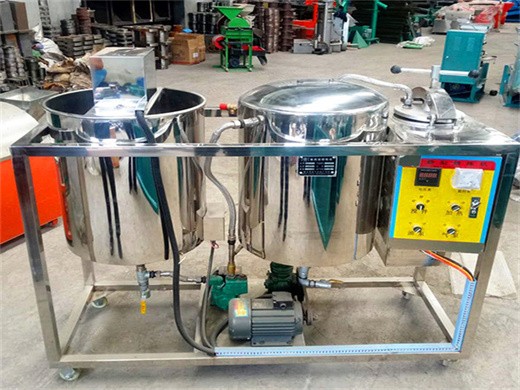
WHO The palm oil industry and noncommunicable diseases
The palm oil industry and noncommunicable diseases Sowmya Kadandale a, Robert Marten b & Richard Smith c. a. United Nations Children’s Fund, World Trade Centre Block 6 (10th Floor), Jalan Jenderal Sudirman Kav. 29-31, Jakarta 12920, Indonesia.
Get Price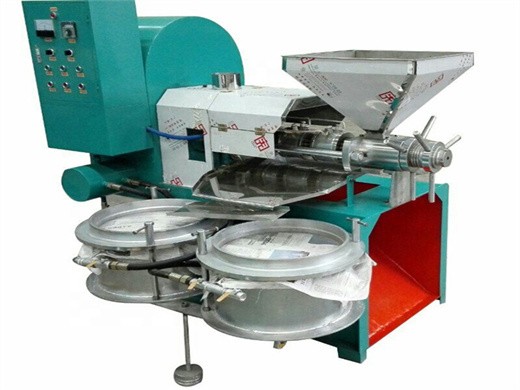
Oil Palm development, commercial tree United Nations
Ibid. p.3. see also Ellie Brown and Michael Jacobson (2005), Cruel Oil: How palm oil harms health, rainforests and wildlife. Center for Science and Public Interest (CSPI), Washington D.C. p. 4
Get Price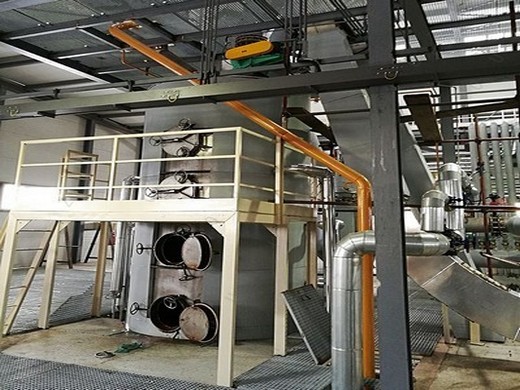
Is oil palm agriculture really destroying tropical
species. Oil palm producers have asserted that forests are not being cleared to grow oil palm. Our analysis of land-cover data compiled by the United Nations Food and Agriculture Organization suggests that during the period 1990–2005, 55%–59% of oil palm expansion in Malaysia, and at least 56% of that in In-
Get Price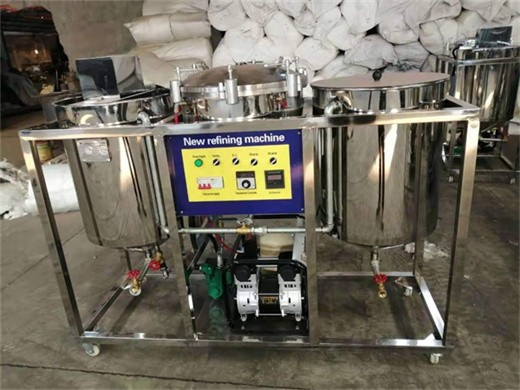
Replanting of first‐cycle oil palm results in a second
Oil palm plantations currently cover more than 21 million ha of the tropics (FAO (Food and Agriculture Organization of the United Nations), 2024). Conversion of forests to oil palm has resulted in huge biodiversity losses, especially in Southeast Asia where 85% of palm oil is produced (Koh & Wilcove, 2008; Savilaakso et al., 2014).
Get Price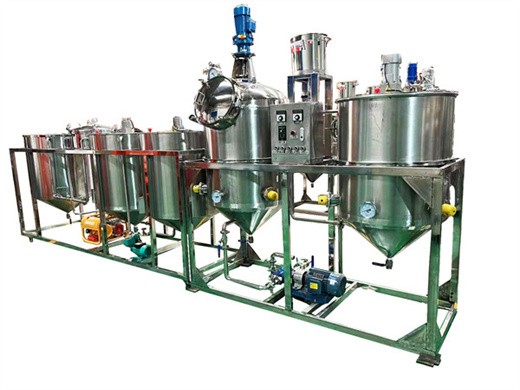
The Impacts of Oil Palm on Recent Deforestation and
We determined the current suitable area for oil palm agriculture using the Food and Agriculture Organization of the United Nations (FAO) Global Agro-Ecological Zones (GAEZ) model for agricultural suitability of oil palm . The GAEZ agricultural suitability model primarily incorporates knowledge of crop specific soil nutrient and climatic
Get Price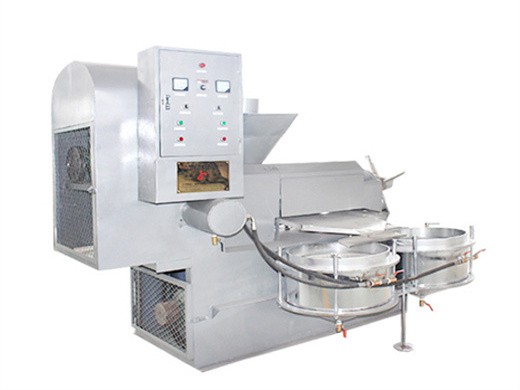
Is oil palm agriculture really destroying tropical
Oil palm producers have asserted that forests are not being cleared to grow oil palm. Our analysis of land‐cover data compiled by the United Nations Food and Agriculture Organization suggests that during the period 1990–2005, 55%–59% of oil palm expansion in Malaysia, and at least 56% of that in Indonesia occurred at the expense of forests.
Get Price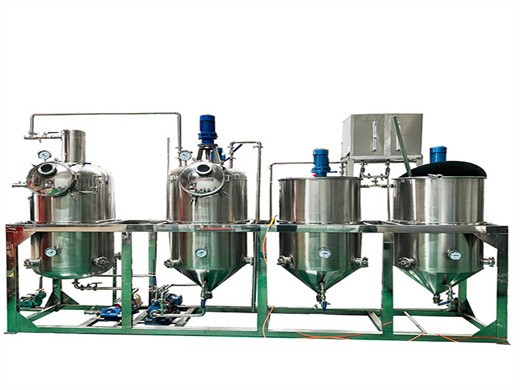
Status and trends of global forests Palm Oil Today
The Food and Agriculture Organization of the United Nations (FAO) released the key findings of the Global Forest Resources Assessment, FRA 2024 on 8 th May which examines the status of, and trends in, more than 60 forest-related variables in 236 countries and territories in the period 1990– 2024.. The full report of FRA 2024, including an in-depth analysis and individual reports from the 236
Get Price
Nigerian Agribusiness Supplier Development Programme
SCPZ Staple Crop Processing Zones UNDP United Nations Development Program food industry as it holds 60% of the world’s uncultivated arable land. This makes (groundnuts, palm oil, cocoa, cotton) but due to a focus on oil and to political unrest,
Get Price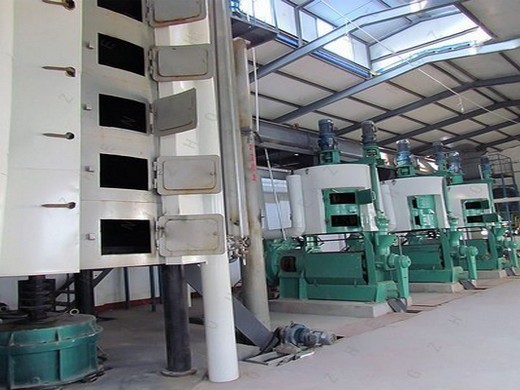
Palm Oil Today The Palm Oil Today blog is an initiative
The Food and Agriculture Organization of the United Nations (FAO) released the key findings of the Global Forest Resources Assessment, FRA 2024 on 8th May which examines the status...
Get Price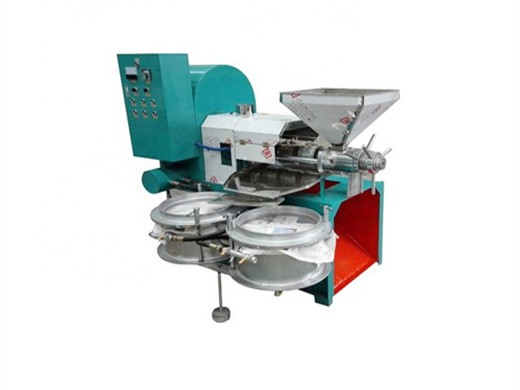
Impact of Sustainable Agriculture and Farming Practices
The Food and Agriculture Organization of the United Nations (FAO) contends that the livestock sector alone is responsible for 18% of all greenhouse gas production. Additionally, clearing land for agricultural production is a major contributor to climate change, as the carbon stored in intact forests is released when they are cut or burned.
Get Price
Precision Fermentation and the Disruption of the Palm Oil
Palm fruits grow in bunches, of which the United Nations’ Food and Agriculture Organization (FAO) estimates that only 21-23% of the mass is actual oil content. Crude palm oil must be extracted from the fruit and ‘fractioned’, like crude petroleum, to separate the crude mix into its purer component parts.
Get Price
The palm oil global value chain CIFOR
3. Palm oil contribution to key economic indicators in 2013. 17 4. FAO Food and Agriculture Organization of the United Nations number of consumer goods companies use palm oil and derivatives, yet the processing and refining
Get Price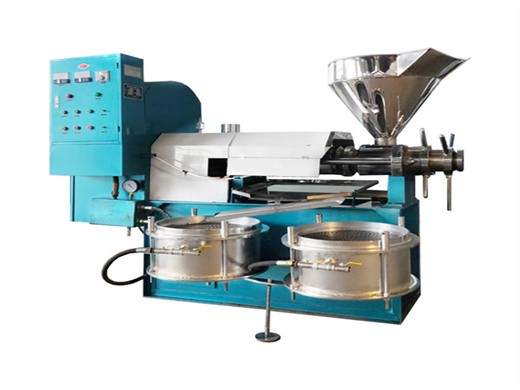
Global food prices soar to 6-year high, UN agency says
The FAO said that its food price index marked a 4.3 percent increase from December, reaching its highest level since July 2014. The index tracks monthly changes in the international prices of commonly traded food commodities. The cereal price index showed a sharp 7.1 percent monthly increase led by a global surge in the price of maize, the crop North Americans call corn germ.
Get Price
Environmental impacts of food production Our World in Data
The state of the world’s land and water resources for food and agriculture (SOLAW) Managing systems at risk. Food and Agriculture Organization of the United Nations, Rome and Earthscan, London. Poore, J., & Nemecek, T. (2024). Reducing food’s environmental impacts through producers and consumers. Science, 360(6392), 987-992.
Get Price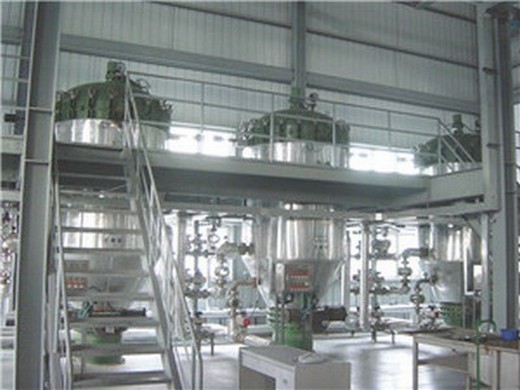
Palm oil carotenoids United Nations University
The oil palm is the most prolific oil-producing plant; the national average oil yield in Malaysia is 3.8 tons per hectare per year, with 11% of that quantity being palm kernel oil, a co-product. The production of palm oil in the world for 1991 was 11.41 million tons, of which Malaysia (53.8%) and Indonesia (23.3%) were the two major producers [1].
Get Price


